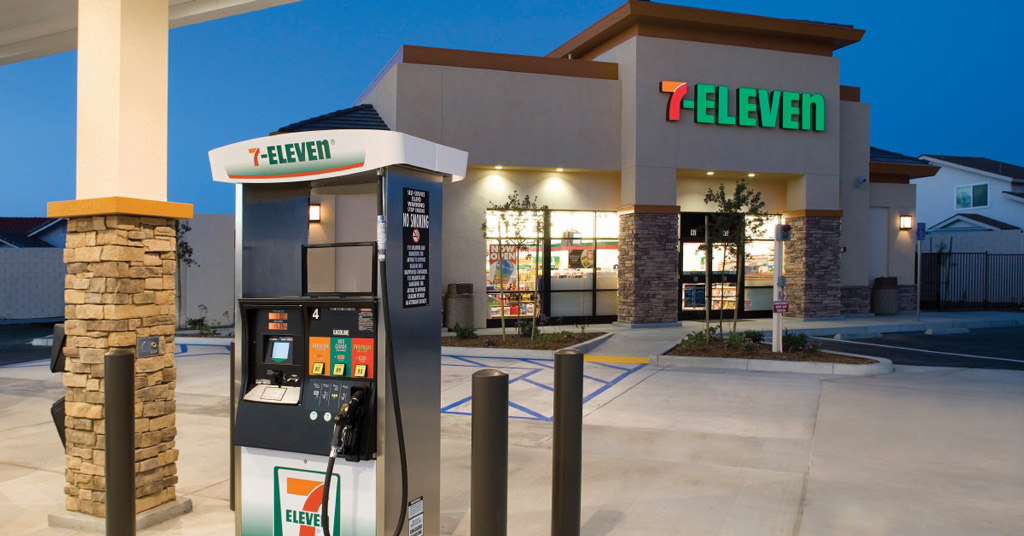Why Unicorn-Builders Do Better Than Unicorn-Starters

Making Unicorns
The conventional wisdom is that there are two kinds of business owners:
· Little-Midsized Business enterprise Homeowners (SMB): They comprise the bulk of business owners
· Unicorn-Starters (U-Starters): This type employs the Silicon-Valley-design and style venture-advancement method to build a unicorn with money-as-a-weapon. It seeks first-mover strategies, bare minimum viable merchandise (MVP), solution-current market mixtures, angel capital, (AC), and enterprise capital (VC). In this process, business owners start the ventures, request VC, and are changed by specialist CEOs. This approach accounted for 6% of Billion-Greenback Business people (BDEs), i.e., business owners who began and developed ventures from startup to additional than $1 billion in sales and valuation. Examples incorporate Earl Bakken (Medtronic) and Pierre Omidyar (eBay).
Unicorn-Builders: The Unpublicized Model
On the other hand, there is a 3rd, and primarily unpublicized, form of entrepreneur – the Unicorn-Builders who accounted for 94% of BDEs. In this process, unicorn-entrepreneurs keep as CEO by delaying or staying away from VC – and continue to keep control of the venture and of the wealth they create. To remain as CEO, Unicorn-Builders bootstrapped till management Aha by staying away from VC (76%) or delaying it (18%).
Unicorn-Builders who avoided VC consist of:
· Sam Walton (Walmart) who made use of the large box idea and improved the strategy
· Michael Dell, who crafted Dell with enterprise-chain and dollars-move-primarily based financing
· Michael Bloomberg, who built Bloomberg with an alliance and company-chain funding
· Richard Burke, who crafted UnitedHealthcare with alliances and cash-stream-dependent financing
· Richard Schulze, who created Best Get with hard cash-move-based mostly funding and leasing
· Bob Kierlin, who developed Fastenal with income-movement-based funding and leasing.
Unicorn-Builders who delayed VC and managed their ventures consist of:
· Jeff Bezos who took off with angel cash and then made use of VC immediately after leadership Aha
· Invoice Gates, who utilized minimal VC, soon after approach and leadership Aha, because he needed skilled board users with a vested curiosity in Microsoft
· Brian Chesky, who utilized confined incubator capital to demonstrate his enterprise design, adopted by angel money and then VC soon after evidence of model and management to establish Airbnb
· Mark Zuckerberg who defeat MySpace with a brilliant university-concentrated method, and then employed angel capital and VCs, but saved manage of Facebook.
In its place of focusing on the Unicorn-Starter method, with its emphasis on the VC strategy, such as pitch competitions, minimal viable items, incubators, accelerators, undertaking studios, angel cash, and venture money, and encouraging quite couple of business owners. small business colleges can do far better by concentrating on the Unicorn-Builder process and teaching absolutely everyone the techniques and finance-intelligent approaches required to takeoff without the need of VC.
As an alternative of focusing on the process that has primarily worked for a number of in Silicon Valley, business educational institutions can aim on the strategy that was applied by Unicorn-Business owners everywhere you go. This modify in aim can help all entrepreneurs to build unicorns in Silicon Valley or outside, and with access to VC or not.
MY Just take: A lot of Unicorn-Builders do not find publicity except if they prepare to get their corporations community, so their accomplishments are not extensively heralded by the enterprise push. But that does not diminish their achievements or their relevance for enterprise universities.
Developing a unicorn is not about the idea. It’s about the unicorn-approach to conquer the plan. It is about the system to come across the unicorn approach. It is about the abilities to employ the unicorn method. It’s about the entrepreneur – not the pitch, nor the strategy, nor the plan. It’s about you.







